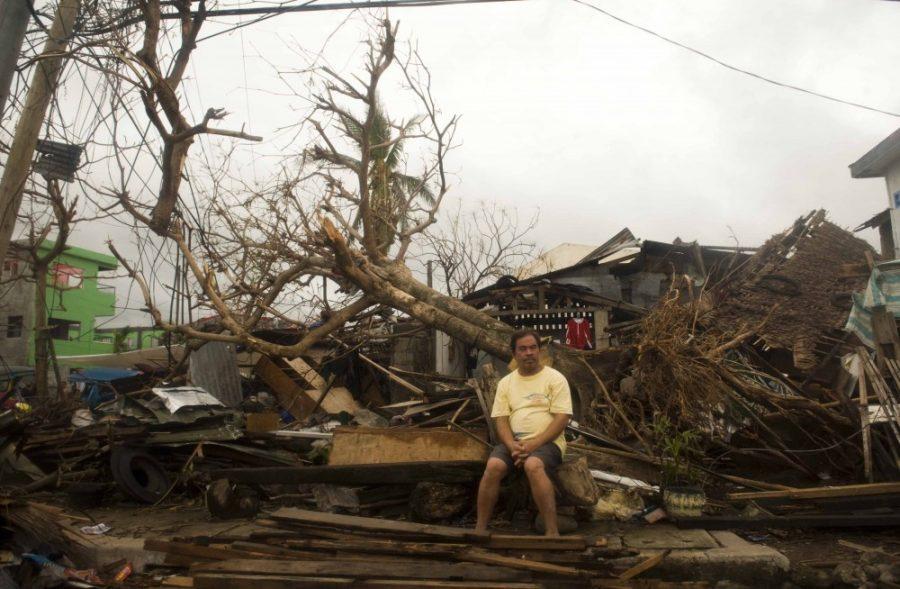ORMOC CITY, Philippines – International aid poured in for the Philippines on Tuesday as the authorities tried to deal with growing anger and frustration over the slow pace of relief, after one of the world’s strongest typhoons caused staggering devastation.
At least $54.3 million in emergency assistance has been pledged so far, and more was on its way as the country struggled with the destruction from Typhoon Haiyan, which killed at least 1,798 people and has affected nearly 11 million people.
The national disaster relief agency said 1,298 people were killed in eastern Leyte province, while 200 deaths were reported in the nearby Samar province.
Nearly 3,000 people were injured and at least 82 people were still missing, the agency said.
More than 149,000 homes were destroyed, while the damage to infrastructure and agriculture has been estimated at $10.72 million.
The United Nations called for nearly $301 million in financial aid for shelters, water and sanitation, food security, nutrition and other emergency requirements in the tragedy.
The amount is on top of $25 million that the U.N. has released from its central emergency relief fund, said Valerie Amos, the body’s undersecretary general for humanitarian affairs and emergencies.
“This is such a major tragedy for the Philippines.” she said. “We have already seen so many crises but this one is the most deadly and destructive.”
Four days after Haiyan slammed into the Philippines with record strength, local officials in areas that have not received help complained of being ignored, despite assurances of faster aid after President Benigno Aquino declared a state of national calamity.
“We are living on a day-to-day basis,” said Lucy Torres-Gomez, congresswoman from Ormoc, a city in Leyte province, one of the worst hit. “Our loss is also enormous. We may not have the same casualties as others, but our whole city is destroyed.”
She said people were going hungry and falling ill.
In nearby Samar province, Christine Caidic, a spokeswoman for the provincial disaster relief agency, said supplies were already depleted and emergency workers were suffering from over-fatigue.
“We feel like we’ve been left out by the national government,” she told ANC Television. “It’s like nobody is paying attention to our needs.”
The European Union, which has already sent $4 million for relief, was allocating another $13. 4 million for rehabilitation efforts, Development Commissioner Andris Piebalgs said in Manila.
“There is a need to increase humanitarian support for the operations in the affected areas,” he told the German news agency dpa by phone. “The extent of the damage is not fully known.”
Germany said it would increase aid to the Philippines to $1.3 million, up from the $670,000 announced at the weekend. Japan pledged $10 million and South Korea $5 million, while the International Red Cross and Red Crescent appealed for $95 million.
Residents of Ormoc City said they hoped they would benefit from the growing global support.
“The problem right now is that we have not received any help,” said Vicente Golo, a 39-year-old staff nurse at the district hospital in Ormoc. “Hopefully some of this international attention will come to us soon.”
Golo said he and his family decided to stay in their damaged house, with a leaking roof, shattered windows, cracked walls and no electricity or water, because they had nowhere else to go.
“Besides, it’s still better to be home,” he said.
Outside a hotel with a partly torn-off roof, young and old people waited at a long queue to charge their mobile phones.
“This is such a hard life,” said Maximo Baros, a 46-year-old store owner, who was wearing mismatched worn-out slippers and muddied shorts and undershirt. “Look at me: I am like a beggar now. I am no longer able to feed my family and I have no livelihood,” the father of four said.









